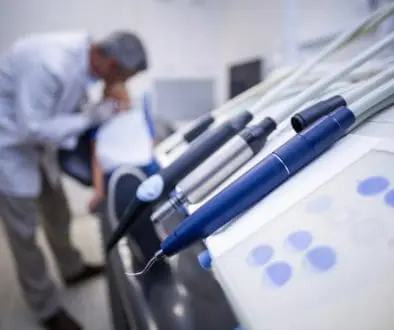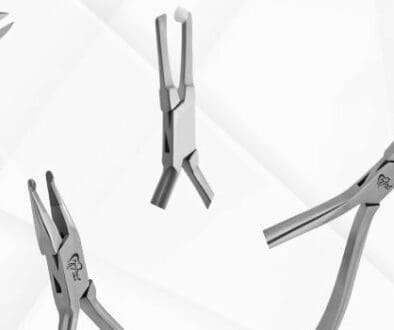How Long Should a Diamond Bur Last?

Several factors influence the longevity of your equipment, and the cutting efficiency of your diamond burs can be affected by a wide variety of situations. Some of these include:
- Hardness of the surface you’re working with
- Sterilization/decontamination procedures
- Storage conditions
- Extensive use
- Cleaning procedures
While it’s difficult to pinpoint an exact time frame for the life of a diamond bur, a study published in the Journal of Advanced Prosthodontics stated that typical diamond burs need to be changed after five teeth preparations. The study also emphasized that a bur should not be used for preparing teeth after try-in procedures of zirconia or metal substructures.
You can’t afford for your diamond burs to lose cutting power after every use. Therefore, it’s vital to invest in high-quality gold diamond burs, utilize one of our diamond bur cleaning discs and follow all maintenance instructions. By maintaining and cleaning your instruments, you help ensure that they will last even longer.
How Diatech makes a difference with gold diamond burs
Diatech’s gold diamond burs are Swiss-engineered and more durable in order to extend the life of the bur without losing efficiency or cutting power.
More than 30 years of innovation go into creating a wide variety of Diatech gold diamond burs, which we consider the “crown jewels” among our outstanding products. They are an indispensable part of any dentist’s toolkit. They make it much easier to remove, adjust or trepan hard ceramic restorations, and these diamonds can easily cut through zirconia and lithium disilicate materials. They also provide a cleaner cut and higher polish than carbides.
Swiss-engineered performance
Our gold diamond burs are Swiss-engineered to create better performance, durability and precision. We have perfected a proprietary multilevel diamond application, which results in more uniform coverage. This means you’ll have burs that last longer and provide faster, smoother and more comfortable cutting.
The variety of shapes available include:
- Acorn
- Cylinders: regular, round edge, flat end, round end and pointed
- Flame
- Double cone
- Tapers: flat end, pointed, round edge, round end and round end safe end.
- Football
- Interproximal
- Inverted Cone
- Occlusal
- Pear
- Round
- Wheel
Try our gold diamond burs yourself to experience the Diatech difference
One of our most popular products is our top 25 Diamond Kit Assortment, which provides a perfect snapshot of the variety of our diamond burs in a variety of grits and shapes. Our online catalog makes ordering easy, and our stellar customer service representatives are always available to answer your questions.
Diatech innovation
We pride ourselves in examining every little detail that goes into all of our diamond burs. In fact, several of our innovations have been game-changers in the industry, helping tools last longer and become more efficient. For example, our Topspin burs have a spiral diamond plating which causes an integral self-cleaning and cooling effect. This means you have maximum cutting capacity for atraumatic preparation. It also cools the site immediately, avoids clogging and evacuates debris more efficiently.
Precision, value and service are the hallmarks of our extensive line of products for dentists, orthodontists, and hygienists. For more than 30 years we have not only provided superior quality products, but we have been a consistent innovator in the field.
Regardless of the shape or grit of the diamond bur you prefer, we can meet your needs with unequalled craftsmanship, easy online ordering and excellent customer service.
At Diatech, we manufacture superior and innovative products for the dental industry… for the dentist, dental hygienist, dental assistant, orthodontist, endodontist and lab technician. We stand behind our promise of uncompromised quality and the best in competitive pricing.
Sources:
Emir, Faruk, Simel Ayyildiz, and Cem Sahin. “What Is the Changing Frequency of Diamond Burs?” The Journal of Advanced Prosthodontics 10.2 (2018): 93–100. PMC. Web. 16 Sept. 2018. Online. https://www.ncbi.nlm.nih.gov/pmc/articles/PMC5917112/





